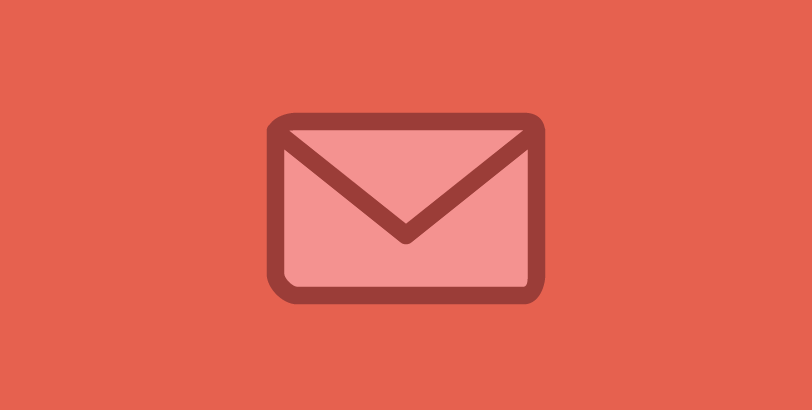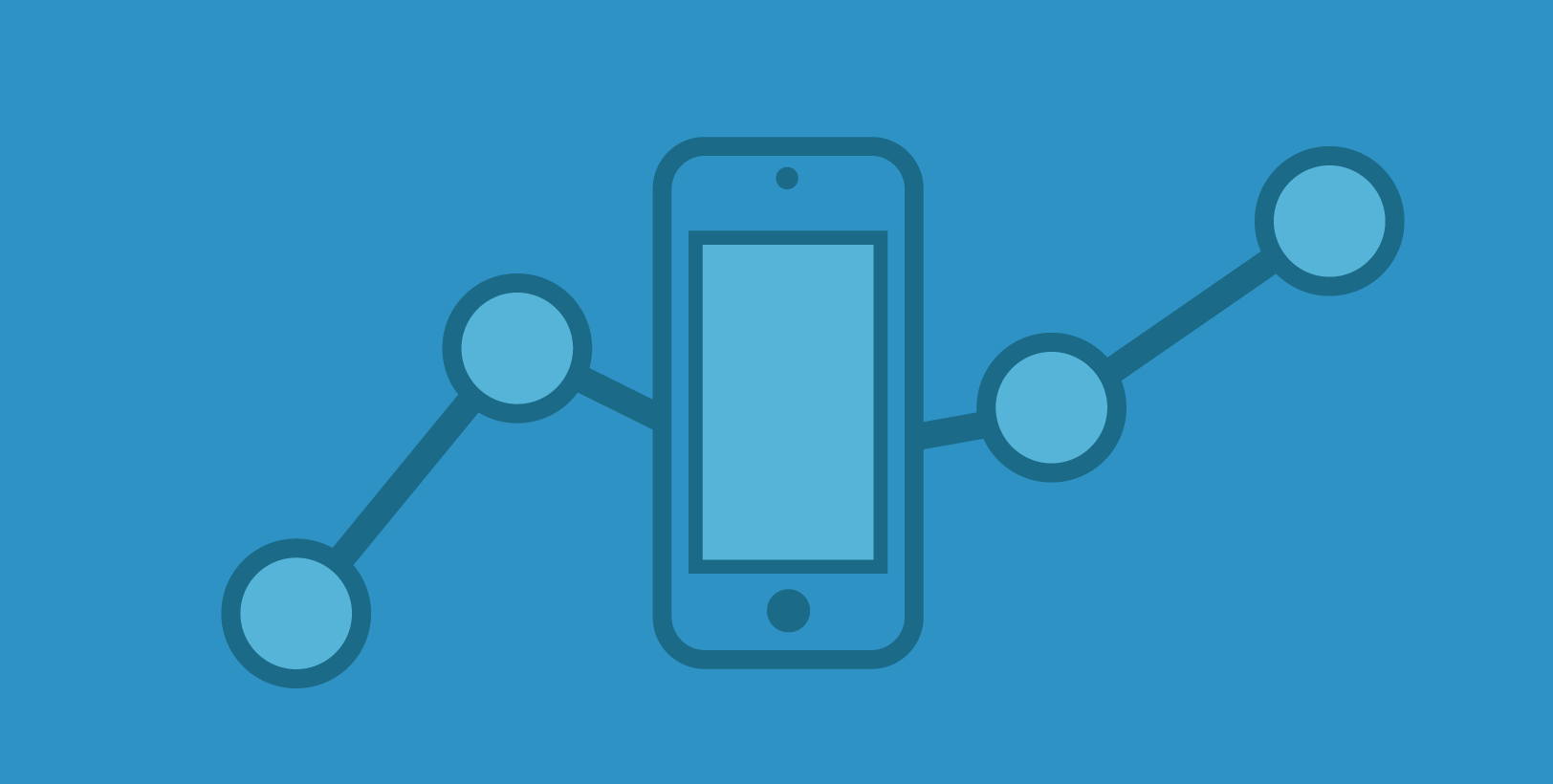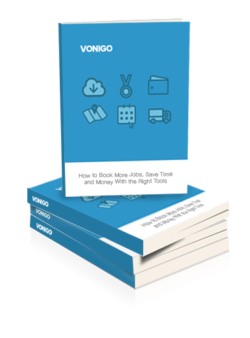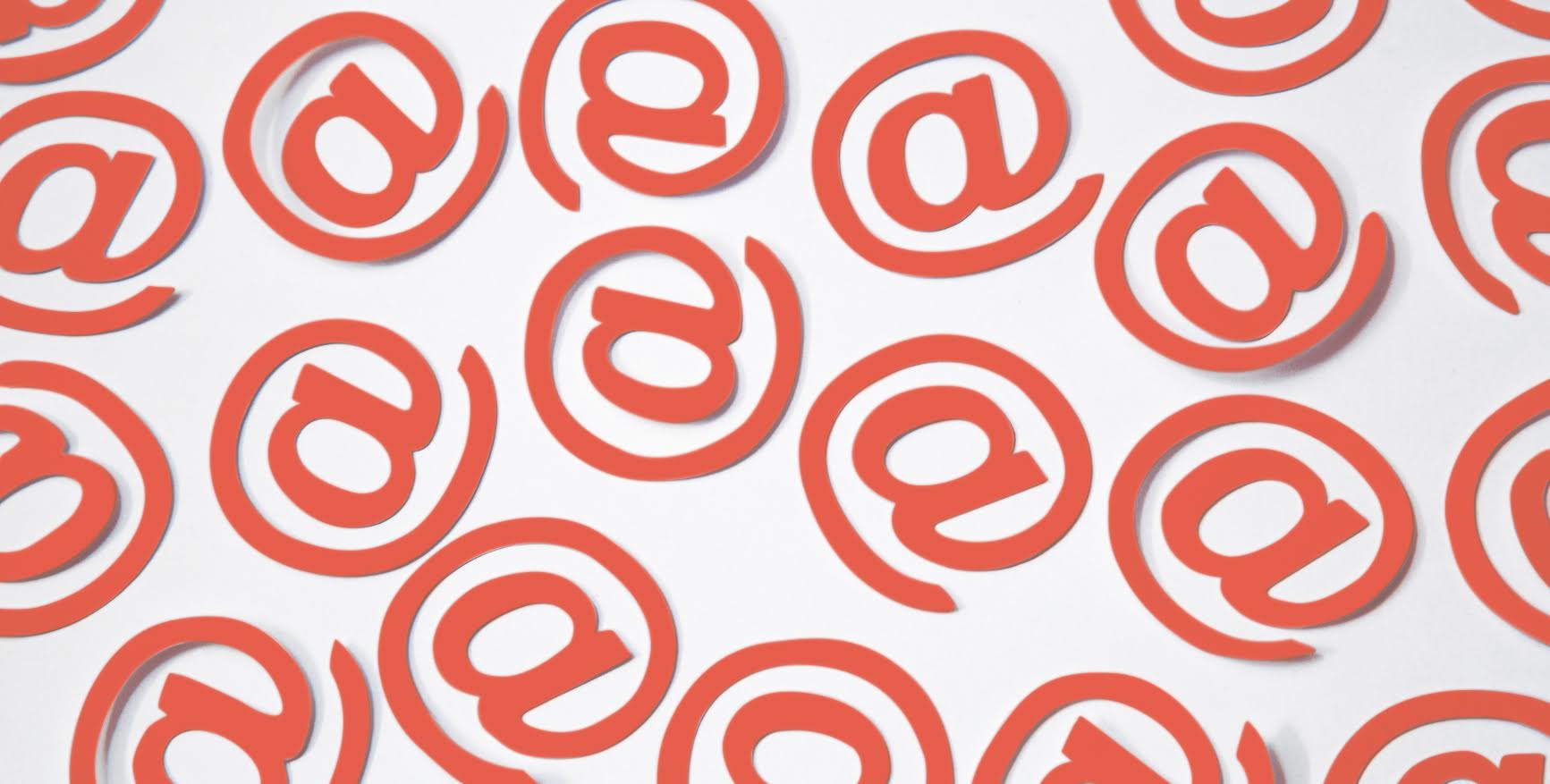The Simple Guide to Email Marketing for Field Service Companies, Part 1
- January 20, 2017
- By: Vonigo
Is there any rage as deep and irritating as the rage you feel at junk flyers littering your doorstep? Probably.
But it is a frustration that shouldn’t be overlooked. It’s not just the waste of paper – though that is also pretty annoying – it’s that the person who dumped that catalogue:
- Doesn’t know a thing about you
- Has now burdened you with the responsibility of disposing of this thing you didn’t even want
A little melodramatic? Yes. An accurate representation of your feelings? Also yes. And it’s the same feeling you get when your inbox is crammed full of spam.
With that in mind, we want to talk to you about your email marketing habits. If you don’t have any, it’s time to get some. If you do have some, let’s make sure you’re not instigating mail-rage.

First, Let’s Talk About Lists
In Email Marketing, a “list” is the group of names and email addresses that you send mass communications with. Your list should always be made up of people who have either used you for a job before, or have expressed explicit interest in hearing from you.
Sending a relevant email to an interested client is a great way to promote your services, special discounts, or community events.
There are a few ways that you can start collecting a list of emails from people that are interested in hearing from you.
- If you collect feedback from your customers after their service, ask for their email
- If you have field service software that handles invoicing and payments for you, you’ll need the person’s email to send them the receipt. Make sure that you get permission to send them special offers
- Try updating your website with an “subscribe” section, and be clear that this is an opportunity to be alerted to special deals. Chat with your web developer about adding a “subscribe” button to your website, along with any other updates you might need to make to your site
- Popup is no longer a dirty word. Many of the behaviors that made popups so reviled in the early days of the web have since been corrected. For one thing, they now open within the tab you’re viewing, as opposed to opening a new tab or window (wasn’t that the worst?).You can also set the timing of them, so they only appear if the visitor is on the page a certain amount of time, or scrolls to a certain point, or even if they move their mouse to close the site. Popup might not be a dirty word anymore, but their dirty little secret is that they convert — better than any other form you could have on your site
Once you have a list going, you have a group of people that know who you are, and are interested in what you offer.

Writing a Good Email
 If you’re a bit nervous about sending a note to a few hundred people, take heart. You’re not writing a presidential address, and if you are you’re thinking too hard. Good emails have a few things in common. Here are a some tips for writing emails that are worthy of an inbox, and are more likely to be read:
If you’re a bit nervous about sending a note to a few hundred people, take heart. You’re not writing a presidential address, and if you are you’re thinking too hard. Good emails have a few things in common. Here are a some tips for writing emails that are worthy of an inbox, and are more likely to be read:
Write an Interesting Subject Line
Think of your subject line like an invitation to a party: if it doesn’t sound good or interesting, you’re not going to waste your time dressing up and heading over.
In this case, knowledge is power: use the subject line to hint at what treasure awaits within the email. “The Plumbing Service that Will Save You Money” is a good example. Who doesn’t like to save money? “Discounted rates in January only” creates urgency and an opportunity to snag a deal.
Keep it Short
MailRelay points to the power of keeping your communication short and simple. With 79% of people now reading emails on their phone, aim to have the bulk of your message fit in the screen of a phone. If your message has a simple introduction, a few short sentences about what your offer it, and a “thanks for reading,” you’re doing a great job.
Be Super-Relevant
No matter how friendly you are with your customer-base, they probably don’t want to hear about employee birthdays. Deals, offers, sales, service updates, and holiday wishes are usually welcome reading material.
Focus On a Single Offer
The offer in an email or on a website has been coined a “Call to Action,” or CTA. The CTA is a single thing that the email wants the reader to do. On the case of field-service industries, the CTA refers to booking an appointment, or calling in to the office to find out more. Usually, the CTA is presented to the reader as a button that reads exactly what it wants the reader to do: “Call now,” “Schedule Your Appointment Today.” Want some more suggestions? The email marketing experts over at Hubspot put together a list of 31 great calls-to-action. Check them out for some inspiration.

Be Better Than Ordinary
Thanks to email service like Mailchimp, we know the average performance of email for most industries. Some are better than others, and they don’t reach specific service businesses like moving or junk removal, but here’s what we do know:
For most industries, the averages are ~20% for open rates, and 2-3% for click rates.
Your goal is to smash those numbers, with excellent subject lines and relevant content that your subscribers get great value out of. If you’ve built your list the hard way, by getting people to choose to opt-in to hear from you, then you should be able to keep your content focused, and outperform these industry averages by better than double. Most all email services will offer tracking of these two measurements.
Pro Tip: Use tracking code on your links in newsletters, to track their performance all the way through to booking with you.
Not Too Much, Not Too Little
The last in our list of basics for email marketing? Understanding how often to send email to your customers. And the answer is easy: email them when you have something really unique or important to say.
Chances are you’re not offering up deals every day. But maybe you’re offering a discounted service every 3 weeks? Or maybe you’re donating 10% of services completed in December to a local charity? Those changes to your service merit a customer-wide heads-up.
Consider a monthly email that covers more general topics and tips, but always stick with what you know will be of interest. If your newsletter contains great information that your readers appreciate, they will come to expect it and your readership numbers will grow in kind.
Be Genuine
You’re not trying to bother your readers: you’re trying to supply people who are interested in your services, or that have used you before with a little “thank-you” perk.
Even if these people don’t necessarily click on your CTA, seeing great offers from your team reminds that customer how great your service is… and that they might be able to get it at a discount.
If you’re emailing your customers information that is either not a benefit, or not of some extreme importance, you’re probably losing readers. And like we mentioned above: one of the best benefits to being in a person’s inbox is that it keeps you top of mind for when they do need your service.
Email Services
We’ve already mentioned Mailchimp — they are great for less complicated lists, and even offer some email automation features, such as automatic follow-up emails after someone makes a booking or subscribes. Smaller lists can even send monthly emails for free, and they have a number of easy-to-use template options to save you loads on design.
For more sophisticated email functions, you might need a more robust tool, like Constant Contact, Hubspot, and Infusionsoft. They offer more extensive email automation tools, list segmentation and customer relationship management options.
Start Today
 These tips should be enough to get you started with some purpose-driven, high-performing email marketing, and help drive some new and repeat business for you.
These tips should be enough to get you started with some purpose-driven, high-performing email marketing, and help drive some new and repeat business for you.
Want to see some examples of effective email marketing in action? Check out ServiceMaster of Minnesota. Their contact page has a popup that offers quarterly updates and seasonal deals. Or subscribe to our mailing list and get a free ebook: How to Book More Jobs, Save Time and Money with the Right Tools.
Want to learn about how to use email automation in your field service business? Read Part Two of this guide, “The Simple Guide to Email Marketing for Field ServicePart 2: Email Automation.” And for even more depth on email best practices, read SmartMail’s list of 30 expert tips.



